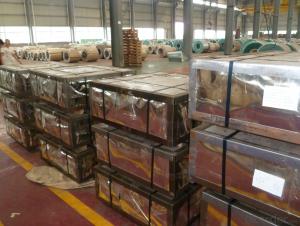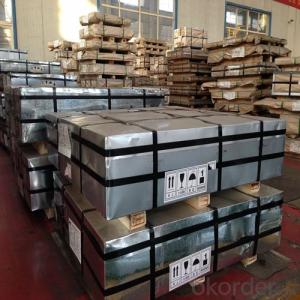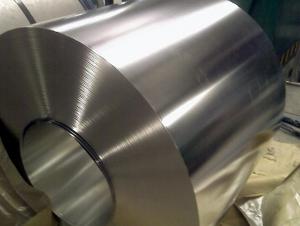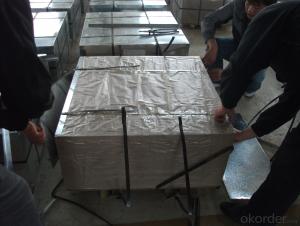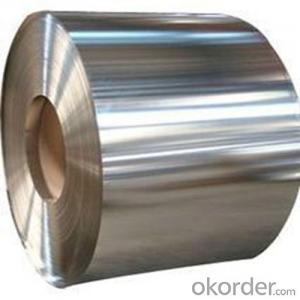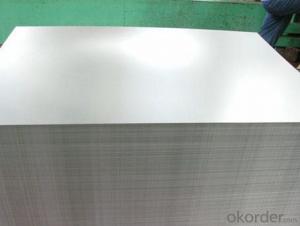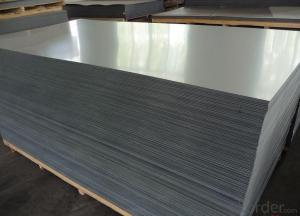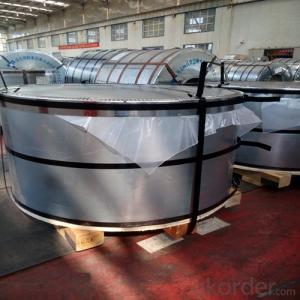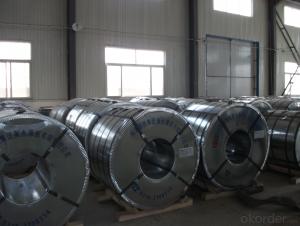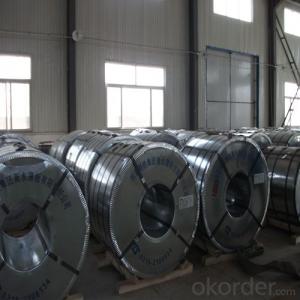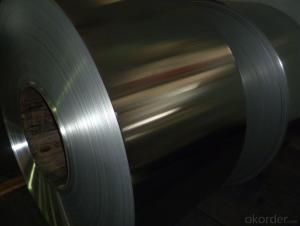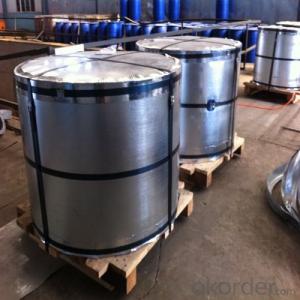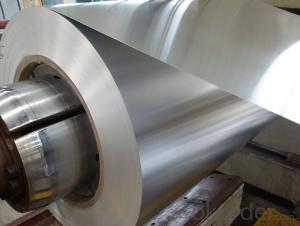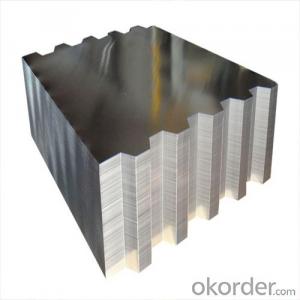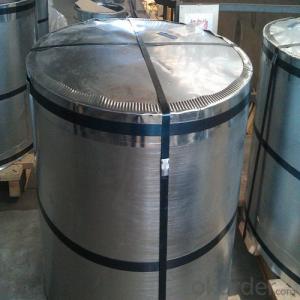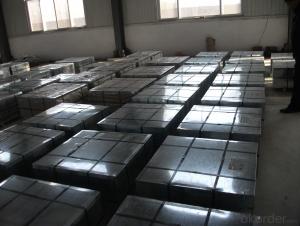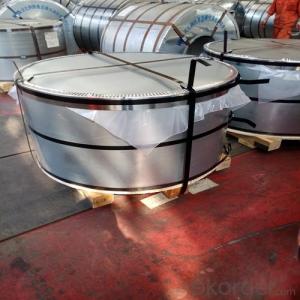Prime Electrolytic Tinplate
Prime Electrolytic Tinplate Related Searches
Roofing Sheets In Chennai Electrolytic Tinplate Coil Flexible Plexiglass Sheets Buy Tinplate Sheets Prime Electrolytic Tinplate Lionel Tinplate Blue Comet Lionel Tinplate Christmas Mth Tinplate Catalog 2017 Veneered Chipboard Sheets 4X8 Styrofoam SheetsHot Searches
Tinplate Sheets For Sale Tinplate China Tata Tinplate Price List Tinplate Price Trend Tinplate Nse Share Price Tinplate Price Chart Tinplate Share Price Nse Tata Tinplate Share Price Tinplate Share Price Today Tinplate Share Price Bse Tinplate Price Tinplate Share Price Tinplate Coil Manufacturers Tinplate Sheet Suppliers Tinplate Factory Plywood Sheets Prices Melamine Laminate Sheets Suppliers Tinplate Production Tinplate Products Ltd Tinplate ProductsPrime Electrolytic Tinplate Supplier & Manufacturer from China
Okorder.com is a professional Prime Electrolytic Tinplate supplier & manufacturer, offers integrated one-stop services including real-time quoting and online cargo tracking. We are funded by CNBM Group, a Fortune 500 enterprise and the largest Prime Electrolytic Tinplate firm in China.Hot Products
FAQ
- Yes, tinplate packaging can be used for frozen or refrigerated goods. Tinplate is a durable and corrosion-resistant material that can withstand low temperatures without compromising the quality and safety of the packaged items. It provides a protective barrier against moisture, light, and oxygen, ensuring the preservation of frozen or refrigerated goods.
- Tinplate contributes to the overall stackability of packaging due to its high strength and rigidity. It provides stability to the packaging structure, preventing it from collapsing or deforming when stacked. Additionally, tinplate's smooth and flat surface allows for better alignment and interlocking of packages, ensuring a stable and secure stack.
- Tinplate has several main applications in the stationery industry, including the production of pencil cases, lunch boxes, and storage containers. Its durability and ability to retain shape make it ideal for these items, ensuring long-lasting and practical solutions for storing and organizing stationery. Additionally, tinplate can be easily customized with various designs and prints, making it a popular choice for stationery manufacturers to create aesthetically pleasing products.
- The difference between a matte tin plate and a bright tin plate
- Tin ma:Rough processing refers to electroplating in the original plate after passivation, not by tin matte soft melting process. It has a unique and elegant silver gray surface, and it has high adhesiveness after coating. It is used in bottle caps and printing cans.
- Tinplate ensures the freshness of pet food by providing a protective barrier that helps to preserve the quality and flavor of the food. It prevents air and moisture from seeping in, thereby minimizing the risk of spoilage and maintaining the nutritional value of the pet food for a longer period of time.
- Tinplate is generally resistant to extreme temperatures and can withstand both high and low temperatures without significant changes in its properties.





